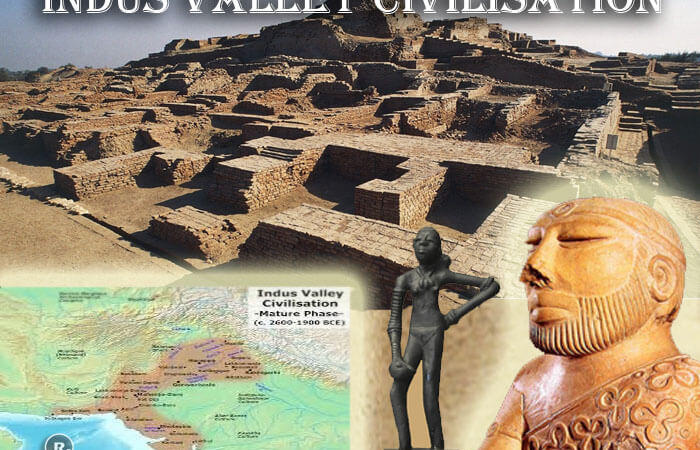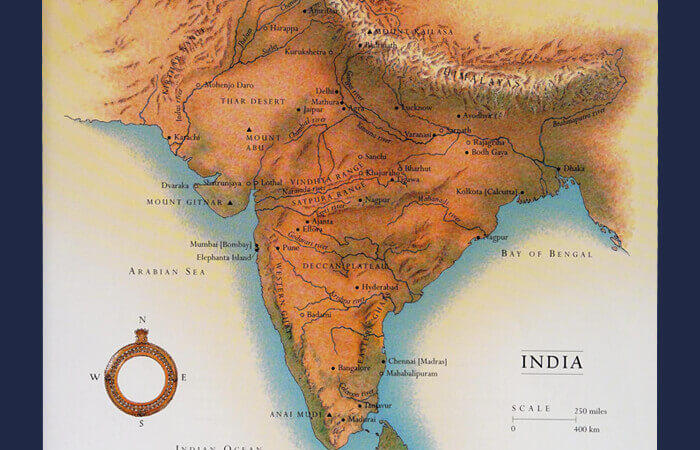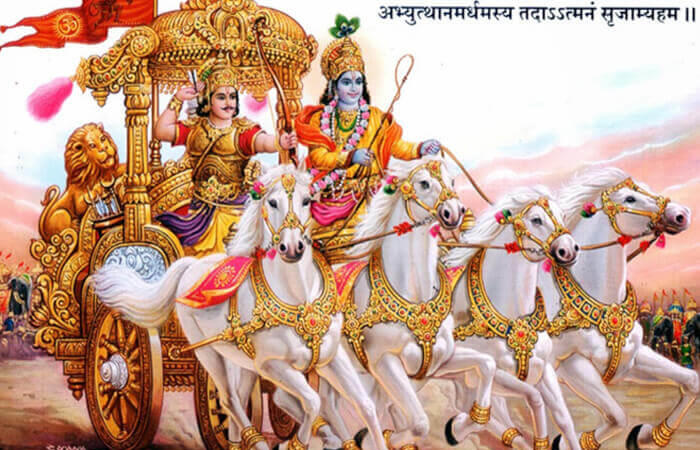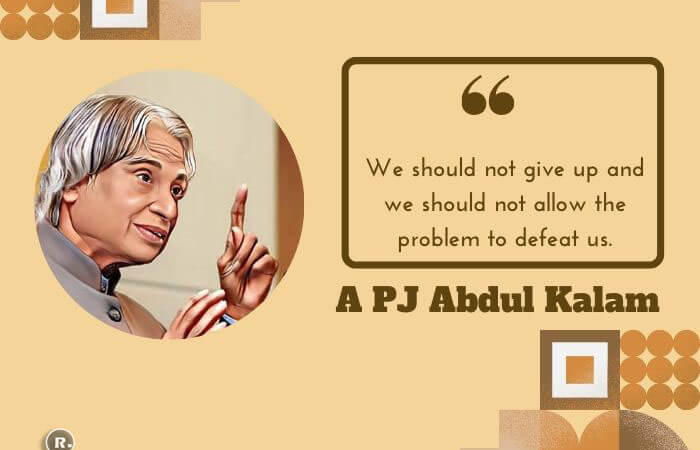Baba Banda Singh Bahadur
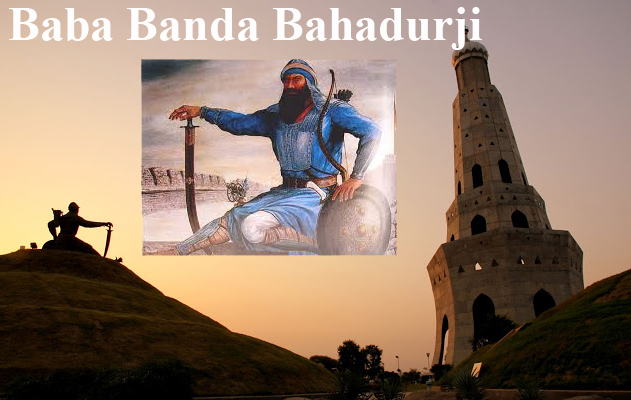
Baba Banda Singh Bahadur (27 October 1670 – 9 June 1716, Delhi) was a Sikh military commander who avenged the execution of two younger sons of Guru Gobind Singh and destroyed the foundation of the Mughal empire in Northern India.
He fought for the Punjabi people inspired by his guru and his deep-set beliefs and met a painfully bloody end for his insurrection.
Born to Rajput parents, his childhood name was Lachhman Das. He was very fond of hunting in early life but an incident changed his entire life and he shunned the worldly pleasures to become a bairagi sadhu.
Once he hunted a pregnant deer. The dying animal gave birth to two kids who died in front of his eyes. Lachhman was shocked to the core of his heart and thus became a sadhu. He became a disciple of many but none could provide him peace of mind. Later, he inclined to tantric sadhus and acquired some riddhis and siddhis (miracle powers). Thus, he became quite popular among simpletons, near the area around his ashram on the bank of river Godavari.
Though none benefitted from his powers, he used them to humiliate religious leaders and other saints who happened to visit his ashram. Whenever any such saint visited, he would overturn the cot using his powers.
Guru Gobind Singh after leaving Punjab traveled towards South India along with some Sikhs, visited Lachhman Das’s ashram, and sat on his cot in his absence.
Accepting defeat, Lachhman Das Bairagi fell at the feet of Guru Gobind Singh and sought forgiveness and said, “O, Guru Ji, I am your Banda (Slave). Show me the right path.”
Guru Gobind Singh taught him the basic principles of Sikhism and baptized him. Lachhman was given the name ‘Banda Singh’. He transformed from a proud bairagi to a humble and brave Sikh of Guru.
Guru sent Banda Singh on a mission to Punjab to punish the guilty and cruel rulers of the time. He was also provided with five brave Sikhs as advisers and necessary weapons.
Banda Singh was soon joined by thousands of Sikhs in his crusade against the wicked rulers. Within a short span of time, Sikhs under Banda Singh’s leadership put an end to the life of many tyrant rulers, including Nawab Wazir Khan, the main culprit behind the death of younger sons of Guru Gobind Singh.
Banda Singh captured a large part of Punjab and established Sikh rule there. He also minted coins in the name of Guru Nanak Dev and Guru Gobind Singh. In the meantime, Faruksiyar became Delhi’s emperor. Angered by defeat at the hands of Banda Singh and Sikh forces, he sent a large force from Delhi and mobilized from elsewhere in Punjab to defeat and capture Banda Singh.
Sikhs were surrounded by a large number of Mughal forces in the fortress of Gurdas Nangal. They fought valiantly under Banda Singh’s command. They fought valiantly but due to depleting ration, they ultimately became too weak to fight with the enemies.
Ultimately, the brave general Banda Singh Bahadur was arrested along with seven hundred Sikh soldiers and brought to Delhi, after eight months. Inside the fortress, Sikhs survived on leaves, trees, and even bark of trees.
In Delhi, they were insulted and paraded in Delhi bazaars. Sikhs were offered amnesty by Mughals in lieu of accepting Islam. Not even a single Sikh betrayed the spirit of Sikhism and embraced Islam. They were tortured and killed publicly
After an ordeal of about three months, Baba Banda Singh was killed in one of the cruelest manners mentioned in the history of mankind on June 9, 1716. His four-year-old son Ajai Singh was put to death in front of him. His liver was thrust into Banda Singh’s mouth. But Baba remained as tranquil as ever, and even this act failed to break his resolve and determination. Finally, Banda was put to death mercilessly by pinching the flesh from his body, bit by bit, with means of hot pincers. His eyes were pulled out and his feet were chopped off.
With the martyrdom of Banda, Khalsa leadership was taken up by new warriors, and within ninety years, Maharaja Ranjit Singh had established the Sikh kingdom.
Baba Banda Singh Bahadur War Memorial
Chappar Chiri in the SAS Nagar district, Punjab has the war memorial, depicting the valor and victory of Sikh warrior Baba Banda Bahadurji.
The place is of great historical importance, where Banda Singh Bahadur, one of the most respected Sikh warriors, won a decisive battle against Wazir Khan, commander of the Mughal army.
It has 328 ft tall Fateh Burj, the tallest minaret in India, which was dedicated to Banda Singh Bahadur who led the army and defeated the Mughal forces. It stands at the center of the field where the battle was fought in 1710.
The memorial has the statue of Baba Banda Singh Ji Bahadur who took revenge for the brutal execution of Chhotey Sahibjadey.

